What Makes a Good Online Course – 7 Actionable Tips
What makes a good online course? To create a good online course, you need to have things in your course that will drive engagement, grow your base of students, and earn more money.
A good online course is one that gives a clear outcome, drives engagement, has a solid leader, offers multiple types of content, makes lessons easy to learn, and works with students to help them achieve an outcome.
So in this article, I’ll break each of these down so you can add them to your courses and grow your
Tip #1 Having a Solid Leader
The very first tip is to be a solid leader in your course. When you think about any course you’ve taken, do you know who taught the course?
A good leader will put his picture on the course he’s teaching. Why would he do this?
It puts you in a leadership position and, more importantly, a position of trust. Below is a course I joined a few years ago, Drop Ship Lifestyle run by Anto Kraly.
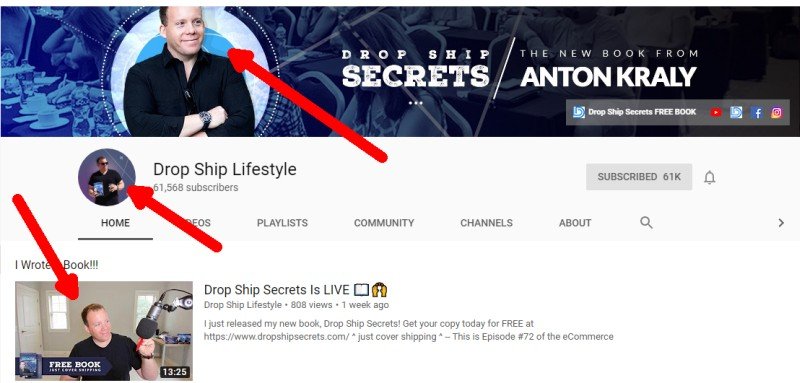
This is a picture of their YouTube page, their front page. You can see this person’s face everywhere, from his youtube page to his course.
Everything that he does, he has his picture on it. You can quickly tell he is the leader of this course.
What’s great about that is that it gives you somebody to become attached to. If you think about it, when you have a face that goes with something, it makes it much more believable and realistic.
More than that, it associates a face with a brand, and every time you see that face, you know who it is and what they represent.
Tip #1: Put your face everywhere.
- Put it on your face on your YouTube channel
- Put it on your website
- Put your face on everything.
Look at the Side Hustle Academy website, YouTube Channel, and social media channels, they all have my picture on them.
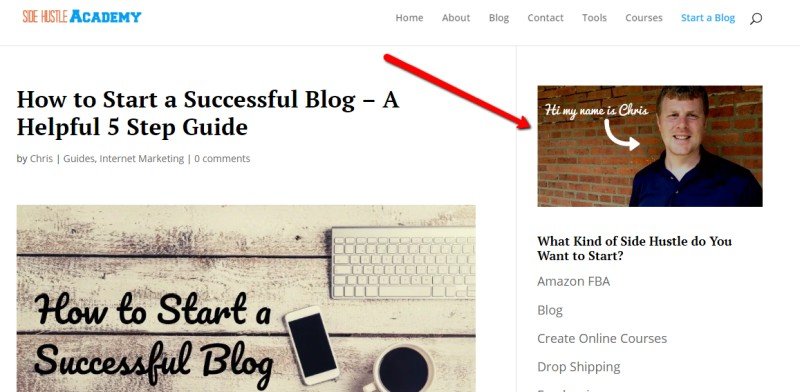
You see what I’m doing, and the same thing for you. Please put it on your blog. Could you put it on your YouTube channel? Please put it on your Instagram. Put it on, and I don’t care what it is, Snapchat.
Get your face everywhere because people will associate it with your brand when they see it. When you see my face, you’re associating with starting a side hustle, so there’s a reason to the rhyme.
Now, you might be thinking, “Man, I’m just someone who’s scared. Do I really want to put my face out there?”
The answer is you got to get over that. I mean, when I first started, yeah, I was scared as heck. I had no idea what was going to happen. I will put my face out there, and people will laugh at me, but you have to learn to get over that.
I mean that stuff is going to happen, regardless if you don’t put your face out there, so it’s probably just better if you put your face out there and get it over with. That’s my number one tip. My first tip is to get your face out there and give people someone to follow.
Tip #2 Have a Solid Path to Follow
Okay, number two, have a solid path to follow. When I think about courses that I’ve taken in the past, and I’ve taken a lot of them, I’ve been in courses where the path was, eh, and I’ve been in courses where the path has been really good.
A recent course I took, just probably a few years ago, this course was all about affiliate marketing. I bought this course because I wanted to learn more about affiliate marketing. It was great.
I started going through it and realized that the course gave me tips. It wasn’t giving me a path to follow, per se, like, “Hey, this is where you start, and this is where you end.”
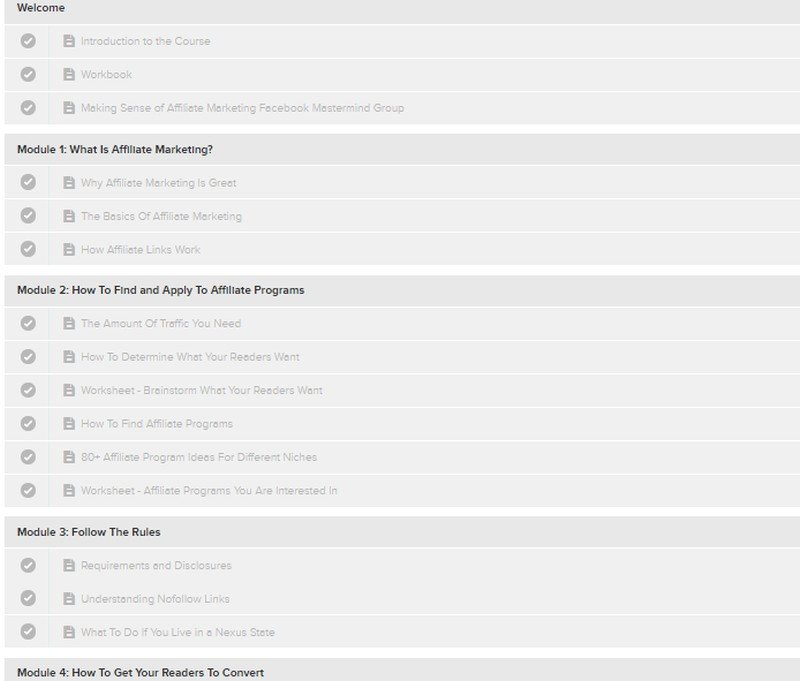
No, this course was, “Hey, here’s how you do this, okay? In this lesson, you’re going to learn this. In the next lesson, you’re going to learn how to do this other thing over here,” and the problem was, it felt like a bunch of blog posts just randomly shoved into a course, I guess.
It had good advice. I mean, it had great advice, I could say, but it wasn’t done in a path that people could follow that would get them a result. I’m going to in a minute, but for now, they weren’t giving me a path to follow.
mean they gave great information but didn’t give me anything in a solid path. If you create a course, you need to have a definite beginning point. You need to have a definite endpoint, for sure, in the course.
If you create your course, and it’s just a whole bunch of stuff jumbled up and put into something like Teachable, great, but it’s not getting me a specific result. We can learn basic general information by going to Google and typing a search in, right, but we want a specific path to follow. That’s the whole point of creating a course in the first place. That’s number two, have a solid path to follow.
Tip #3 Build a Community
Okay, so number three, the third tip is to have a place where people can communicate and more importantly, create a community within your course. I think the community is one of the reasons people stay in your course.
I mean information that the videos and the information that you put out there, that’s going to be helpful. The path people follow that’s going to be helpful, but the community is why people are going to stay. I mean when they have a reason, they can come back, and they can talk to people they know.
They make relationships with people. A community is going to be a massive part of creating your course and making it long-lasting, and keeping people sticking around for the long term.
How can we get people to communicate in our course? Here are a few different ways you can go about it.
#1 Lesson Comments
Number one here is to just have comments at the end of every lesson. If you think about it, every time you do a lesson in your course, just, people have the ability to leave a comment at the end of that lesson and ask a question.
Any way you can get people to do this is a great way to start spurring out that conversation and getting to learn more about the people that are in your course, because after all, when you start to get people to ask questions, it’s going to help you to identify the holes in your course and things you could improve upon as you move forward with your course.
#2 Private Facebook Group
The second thing you can do is just create a private Facebook group that everybody can go to, so when you first create your course, and people are coming into it, say, “Hey, I got a private Facebook group you can join.
Go over here.” The great thing about a private Facebook group is, is that everyone’s pretty much on Facebook anyway, so all they got to do is click a button.
You have to approve them, and they’re in the group. It’s pretty simple. It’s straightforward, and the best part is, you don’t have to manage anything. Facebook does all of that. You just got to link it to your course, and you’re done, so pretty simple.
The other way you can do this is by forums, so you can actually set up a forum on Bbpress or BuddyPress, get that all set up, and set up a forum to have people ask specific questions.
The great thing about forums is, is that you can break things down to specific categories, so if you want to group it by modules or lessons or whatever, you can have people asking questions in each specific form.
That way, people don’t have to go digging through, say, a Facebook feed or something like that. It makes it a lot more manageable, in a way.
#3 Q&A Calls
The final way to spark communication in a community is to do Q&A calls. This is just where you basically might do a YouTube live and have something like a Chatwing setup, and you get people to jump in and ask questions.
Maybe they just type a question in, and you answer it live on Facebook live or a YouTube Live, and that makes conversation for people. I mean it’s a simple way to go and get people to start communicating with each other.
Believe me, when communities start to get a life of their own, it’s great because now, you know that people are into what you’re talking about, what your community and your course are about, and that’s eventually creating a life of its own.
Still, it will take time to get this going, so my third tip is to have a place where people can communicate and start a community.
#4 Discord
My favorite way to build a community is with Discord. If you’re unfamiliar with Discord, it works similarly to a forum but much better.
You can create sections that talk about specific topics within your course. For example, if your course has ten modules, you could have a section for each module.
On top of that, you can host Q&A calls and save them there for new and returning students to watch.
Tip #4 Deliver a Specific Result
The next step, number four, the fourth tip here, is to deliver a specific result that people can get by taking your course.
Let’s think about this for a little bit. In the example I gave before, the course that … The person that had the course about affiliate marketing, it was a great course, but the result was what?
You had a blog. You had an affiliate. You were making money. What? What? There was no specific result that people were getting in the course. Now, backtrack a little bit here.
The first course I was talking about from Anton Kraly at Drop Ship Lifestyle, that course had a very specific result. That was to start a drop-ship business and start earning an income from it, very specifically.
That’s exactly what people want to learn. If you’re joining that course, people know what they are getting. That’s why that course probably does ten times better.
That guy charges roughly $2000 for that course and sells it every single day. The other course, it probably makes sales, but my guess is, it’s probably not doing as well as the latter course.
When you’re thinking about your course, start thinking about, “How am I going to help the people that are coming here? What is the result I’m getting?” Before I start creating one thing, one slide, one piece of content from my course, the first thing I wanted to find is, what is the result that I am giving to the people coming to the course?
For example, in the course I created, Idea To Profit, the very thing that I’m teaching people was, “Hey, here’s how you come up with … I want to teach you how to come up with an idea, and I’m going to teach you how to make your first sale with that idea, with your side hustle idea.
I’m going to help you find your side hustle idea and make your first sale.” That is precisely what I teach in that course. The result was very specific, and that’s what I taught.
Now, if I would have just gone around and turned around and said, “Well, my course just teaches you how to start a side hustle.” That’s not specific enough. That’s very general. It’s just giving you this broad, “Hey, you start a side hustle.”
Okay, but how? What? What am I going to get? By the end of this course, what am I going to get? You’re going to have a side hustle and make your first sale. That’s what I’m teaching people, so that is number four, deliver a specific result.
Tip #5 Offer Multiple Types of Content
Okay, number five offers multiple types of content. I would think that for most people who are creating courses, people wouldn’t automatically think, Look if I’m creating a course…
- There’s got to be a video.
- There’s going to be text.
- There are going to be PDFs.
- There’s going to be audio
But you would be surprised in how many courses I’ve been in, and maybe you might not have thought about this as well, the types of content that most people don’t offer.
I’ve been in courses already where they’ve only offered a text version. That’s all you got, was blog posts for your lessons.
Those courses I’ve been to have been complete letdowns because I feel like they’re missing the opportunities so much. When you think about it, most people consume content in various different ways. I mean, think about it. What way do you like to consume content? Is it through video, audio, or text?
I guess I’m saying we all like to consume content in our way.
If you don’t offer the right way, it’s going to be a total turn-off for some people because they’re going to come in, and they’re going to think, “Man, I’m expecting this great course, and I like to consume video, but when I get there, it’s just a bunch of blog posts,” right?
That’s not going to be good. What you need to do is, you need to have a video. You need to have audio. You need to have content. You need to have all three of these areas.
- What I’m talking about is text. Maybe you’re going to offer PDFs and some text in each lesson.
- Audio, maybe you’ll have an audio, downloadable file of the content you got there.
- Then also, you’re going to have a video. Maybe you’re going to have a video as well.
#1 Video
I recommend having a video, for sure, in your course because it will help give a visual reference that people look for when they have a course.
#2 Audio
Audio, I think, is great, especially for people who don’t have a lot of time. They can download the audio, and they can take it with them.
They can listen to it in their cars, so they’re still consuming your content even though they’re not logged into the course or anything like that.
#3 Text
Then, text, make sure they got downloadable PDFs for sure because those are going to be great for people to take notes on and interact in your course in another way.
That’s also going to be another great way so definitely offer multiple types of content in your course.
Tip #6 Make Your Lessons Simple and Easy to Apply
Okay, next, make your lessons simple and easy to apply. I always find that this is one that many people miss, big time when they’re creating a course.
I can remember a course we were recently talking about, someone who is doing yoga. It wasn’t a specific course, but it was a challenge. They were doing a yoga challenge, and what was interesting about this challenge is she had a bunch of people signup, and it was great.
She was excited, and then she did the challenge. By the end of the challenge, many people had already dropped off. After they went back and looked at it, we realized that her challenge was way too harsh.
She was teaching advanced stuff to beginner people, and the people coming into the challenge were blown away and didn’t know how to do a lot of that stuff and found it hard, so they quit and tried to do something else.
What you want to do instead is, you want to focus on applying simple lessons, easy-to-apply tactics that people can apply quickly.
For example, let’s say you’re going to teach somebody how to throw darts, as an example. You wouldn’t just say, “Hey, pick up a dart and throw it.”
No. You would teach them, “Look how you hold the dart. Here’s how you position a dart. Here’s how you aim the dart.” You break that entire process down into very, very finite steps.
What I find many people do is, well, let’s create a 60-minute video and teach them blah, blah, blah, blah. That is just way too much content at one time.
That’s like trying to drink from a fire hose. You don’t want to give people a fire hose. You want to give them finite, simple steps to follow. You want to break it down into simple, easy-to-apply steps. Then, let them follow through.
Again, I’m going to use this course, Drop Ship Lifestyle. That course does this amazingly well before the course even starts, they break down fundamentals you need to understand before starting a drop-ship business. They’re not sitting there, saying, “Hey, start a Shopify site and throw products on there.”
No.
They’re talking about, “Hey, you have to understand why we recommend picking the type of product that you’re going to pick and why this model works better versus other models.” They give a lot of fundamentals to people before they get started.
That way, they’re not just shoving a fire hose down your throat and saying, “Drink.” My sixth tip is to ensure your lessons are simple and easy to apply.
Tip #7 Give Them Something Extra
Okay, finally, the last actionable tip you need to consider as you create your course. Maybe it’s your first or second course, how many courses you’ve created.
Make sure you give them something extra. There’s something to be said when you give people a bonus in a course. A bonus is a great way to entice people to join your course.
An excellent example of this was a course I joined a few years back. It was about email marketing. One of the things they added as an extra was all these bonus email templates that I could download and use.
That, itself, was probably worth more than just the course. That helped me like, “Hey, I could just take these files. I could download them.
I could take them. I could customize them to my look and feel, and I could start sending them out to my audience automatically.” That, in itself, would be huge and valuable.
Chris Holdheide: Now, the course had a ton of value in it, but having the templates just knocked it over the top, and that’s what you need to do for the people joining your course.
You need to knock it out of the park, hit that grand slam, and give them something that entices them to be in the course.
Think about things that you could give them extra. Maybe it’s a downloadable email template or a template that you could give them.
Maybe it’s an extra audio file or a video, something like that, just something extra that people could consume and get massive value out of, that they were not expecting to get from the beginning.
Also, bonuses are really good when you’re selling your course. These are things you can hold up to them, against them when you’re trying to sell your course and use it as a way to get people to buy and then basically say, “Hey, look. After this promotion ends, I’m taking this bonus away.”
That will entice people to buy instead of getting them to fight over price because I don’t believe in doing discounts and stuff like that on my courses you shouldn’t discount the value you’re giving people because the value you give should be in the content you give them. That is my seven actionable tips for making an excellent online course.
Final Thoughts…
If you’d like to learn more about how to get started with your side hustle, you can check out sidehustleacademy.com, and you can get my free guide, 3 Steps to Find and Validate Profitable Side Hustle Ideas.
This is my free guide that helps people get this going and started. Also, if you want to get more great content like this, go ahead and subscribe to my YouTube channel, and you will get weekly content that comes out regularly that I am putting out regularly, teaching people how to get started and run their side businesses.
If you like this content, definitely subscribe, and hit the notification button, that little bell next to it. That way, it lets you know when the content does become available so that you can check it out.
Also, I have blog posts on my website, so you can check all those out. I have tons of content, over 100 articles on my blog itself, so you can check all that out at sidehustleacademy.com as well, so be sure, to check all that out. I will see you in the following video.
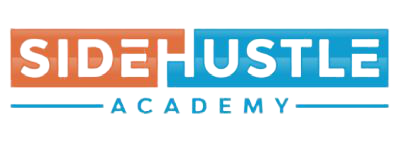
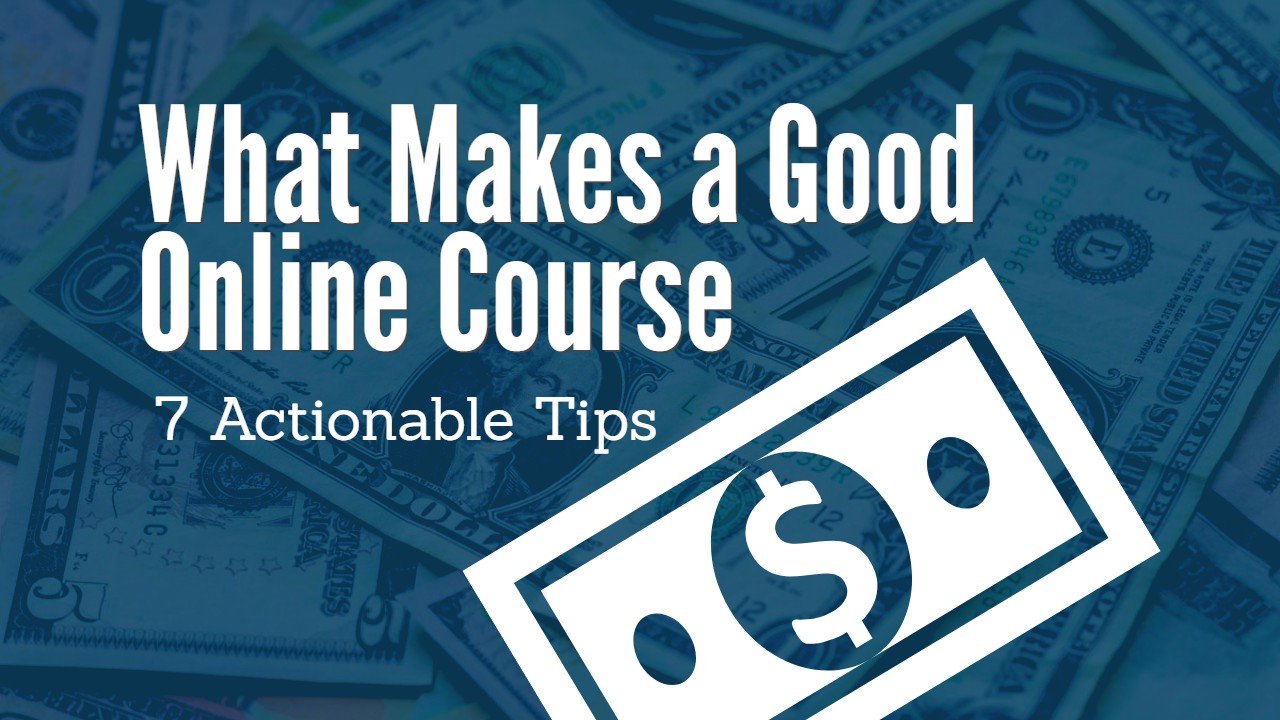
![How to Find Profitable Online Course Ideas [In 3 Actionable Steps]](https://sidehustleacademy.com/wp-content/uploads/2017/09/light-bulb-3535435_640.jpg)
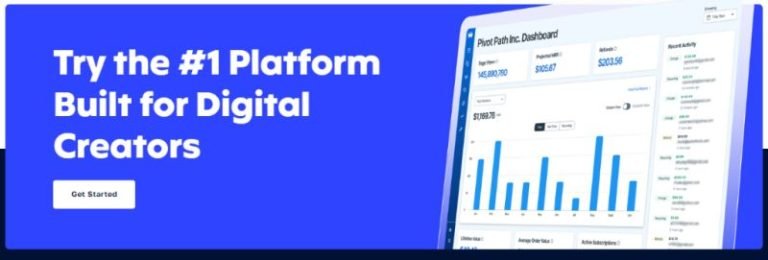
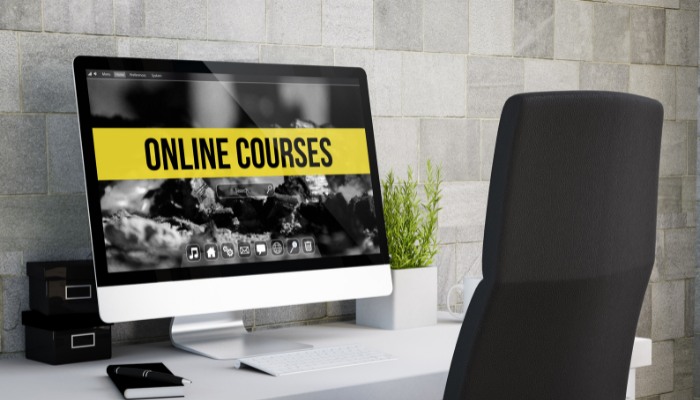
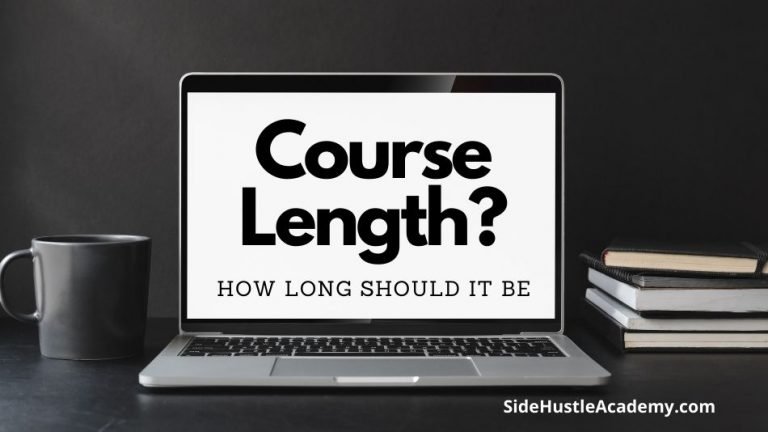
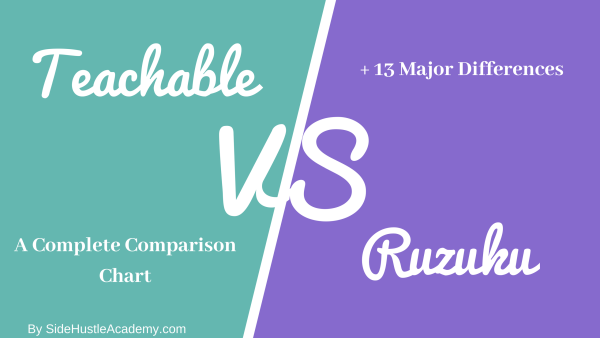

This design is incredible! You most certainly know
how to keep a reader amused. Between your wit and your videos, I was almost moved to start my own blog (well, almost…HaHa!) Wonderful job.
I really loved what you had to say, and more than that, how you presented it.
Too cool!
Hey there! I could have sworn I’ve been to this site before but after browsing through some
of the post I realized it’s new to me. Anyways, I’m definitely
glad I found it and I’ll be book-marking and checking back frequently!
An interesting discussion is definitely worth comment.
I do think that you should publish more on this issue,
it might not be a taboo matter but typically folks don’t speak about
such subjects. To the next! Kind regards!!
Learning apps have become increasingly popular in recent years. They provide an easy and convenient way for students to learn new concepts, practice their skills, and even take tests without going to a physical classroom. Using learning apps also helps reduce the cost of education, as they are usually less expensive than traditional classrooms.
Why visitors still make use of to read news papers when in this technological
world everything is existing on web?
Hey! This is my first visit to your blog! We are
a team of volunteers and starting a new project
in a community in the same niche. Your blog provided us useful information to work on. You have done a wonderful
job!
If you are going for most excellent contents like me,
only go to see this web page everyday as it gives feature contents,
thanks
Spot on with this write-up, I seriously think this web site
needs a lot more attention. I’ll probably be returning to read more,
thanks for the information!
Why visitors still make use of to read news papers when in this technological globe all is existing on net?